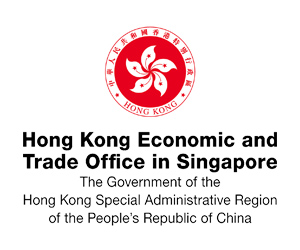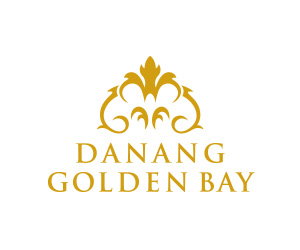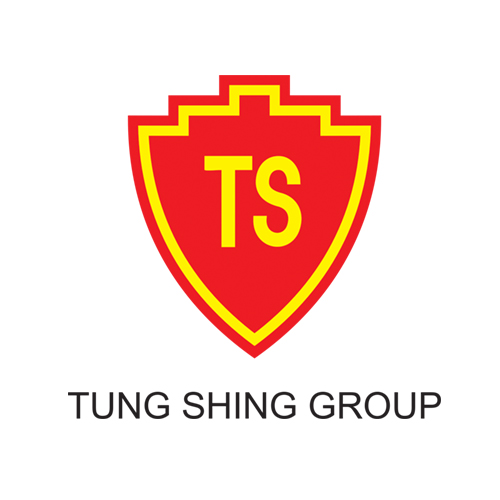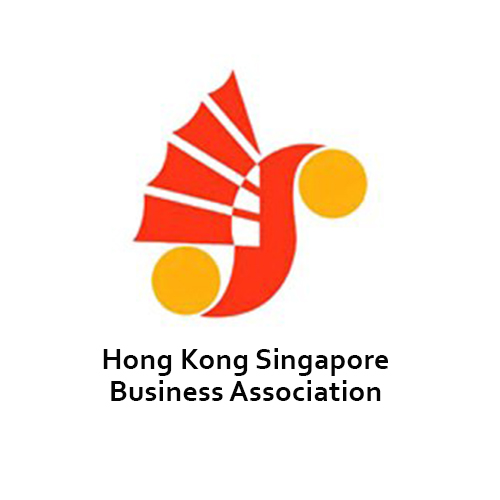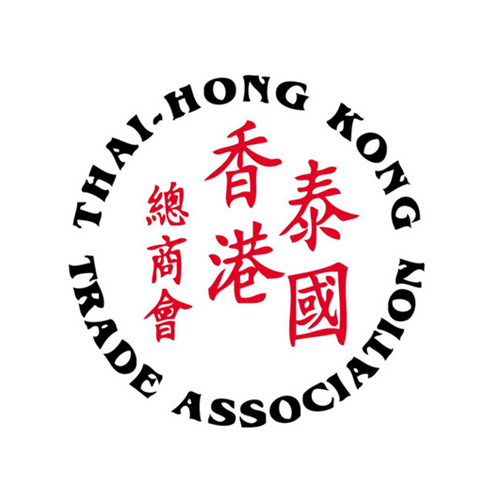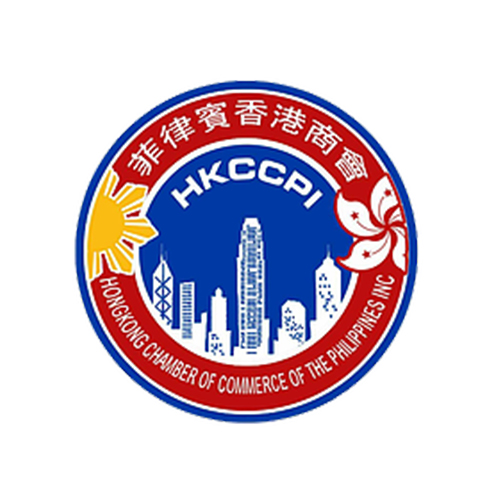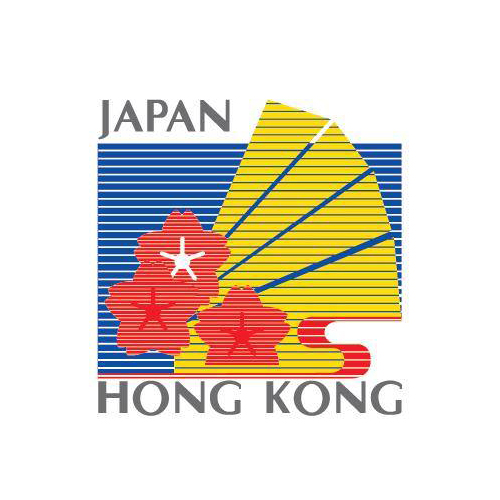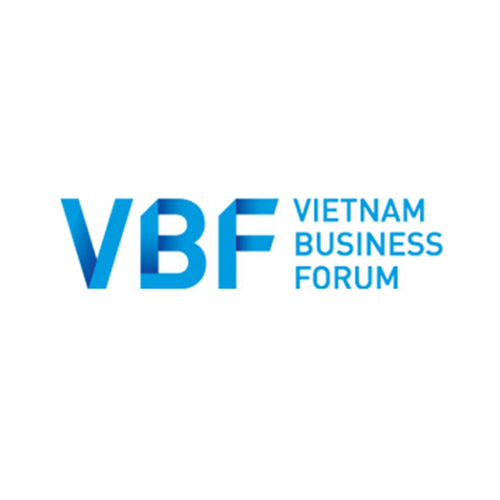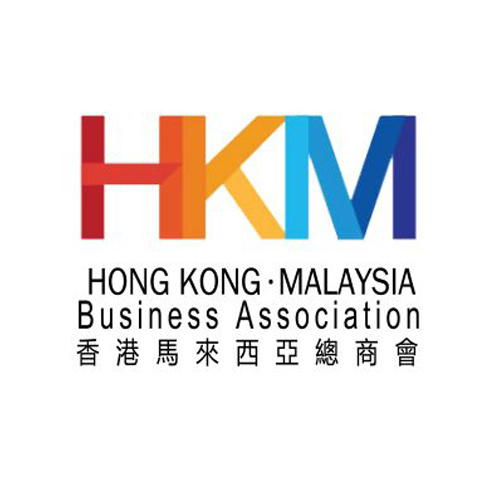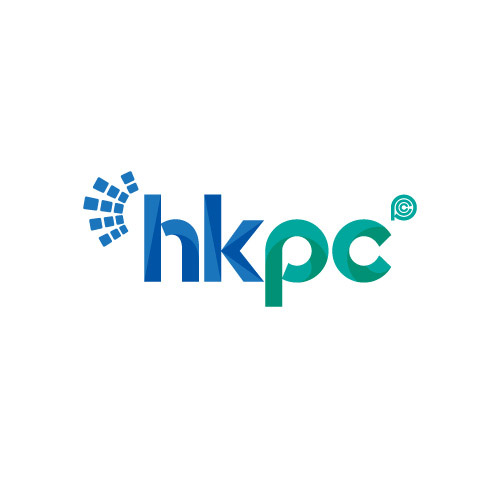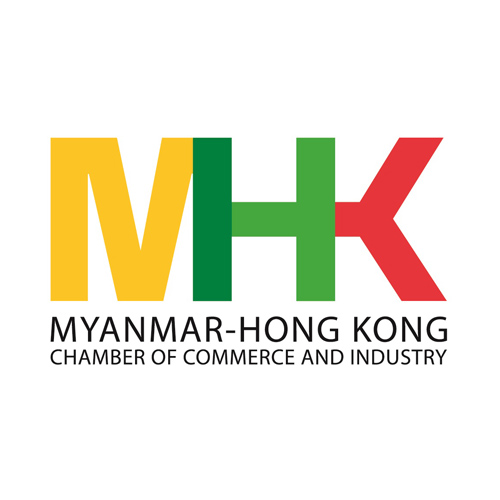Want to be in the loop?
subscribe to
our notification
Business News
LOGISTICS UPGRADE A MUST TO INTEGRATE
"According to the World Bank's Logistics Performance Index, Vietnamese logistics ranks fourth in ASEAN and 48th in the world. The infrastructure index has improved in recent years," said Nguyen Nhat, deputy minister of the Ministry of Transport, at the conference.
"ASEAN logistics co-operation began in 2011, and this relationship should deepen in upcoming years so that we can take advantage of the AEC," he said.
To prepare for a more robust and competitive trade environment, the Government has been developing infrastructure for transport and logistics, including 18 national highways linked with ASEAN and a railway system connecting Laos and Cambodia. Local waterways between Thailand and Cambodia have also been improved.
"However, limited legal framework, poor human resources and weak connections among different means of transport, especially railway and sea, and unprofessional and small companies are all challenges for the logistics industry in Viet Nam," he said.
To improve the situation, Nhat suggested that in the future Viet Nam should deploy an infrastructure network for multi-modal transport, build an entrepot system at international ports, establish big multi-modal transport corporations and strengthen administrative reform to promote commodities circulation.
Speaking at the conference, Alvin Chua, chairman of the ASEAN Federation of Forwarders Association (AFFA), presented an ASEAN master plan for achieving overall ASEAN Connectivity through enhanced physical infrastructure development (physical connectivity); effective institutions, mechanisms and processes (institutional connectivity); and empowered people (people-to-people connectivity).
"ASEAN governments must also address non-tariff barriers to facilitate intra-ASEAN trade and investment along with harmonising standards and achieving conformity of assessment procedures," he said.
In the future, the ASEAN master plan will need to upgrade existing infrastructure, build new infrastructure and logistics facilities and harmonise the regulatory framework as well as nurture an innovative culture.
"Viet Nam must pro-actively participate in acceleration of AEC 2015 Integration into the ASEAN Economy," Stanley Lim, chairman of the Singapore Logistics Association, said.
He suggested that ASEAN governments must concentrate on four key pillars: a single market, as trade barriers among nations fall to a minimum; a competitive economic region, fostering a culture of fair competition; equitable economic development by assisting the growth of SMEs, the backbone of ASEAN's economy; and deep integration into the global economy by deleting trade barriers.
"ASEAN logistics will support trade with efficient movement of goods with professionally skilled labour by efficient cross-border of goods through trade facilitation; a single window for speedy customs clearance; human resource development through training in competence logistics skill sets; and connectivity with multi-modal transport," he added.
According to the ministry of Industry and Trade's master plan for logistics, by 2020, the industry will contribute 10 per cent to GDP at a growth of 25 per cent each year and by 2030 the figure will be 15 per cent and 35 per cent, respectively.
"The master plan targets to reduce logistics costs by 0.5 – 1 per cent of GDP every year, equivalent to $1-3 billion, with investment in logistics to grow by 25-30 per cent annually and create jobs for 4-5 per cent of the population," said Tran Chi Dung, deputy director of the Viet Nam Logistics Institute.
The conference was organised by the Viet Nam Logistics Association with participation of ASEAN top logistics experts from 10 nations, government officials and 150 local companies involved in import, export, logistics, forwarding, transport, airlines, ships, sea ports, insurance and consultancy.
Source: VNS
Related News

GOLDEN DEAL, KNOCK-DOWN OFFER
Are you ready for a fun-filled family vacation. Don't miss the super attractive Family Staycation package at Becamex Hotel. 2 days 1 night package with full amenities and free activities: Buffet breakfast, Swimming, tennis, bicycle, gym, sauna, cool ice cream, 300.000 VND service voucher and many other offers! Contact now for detailed advice.

"BEARY CHRISTMAS" CHARITY PROGRAM
As the Festive Season approaches, Caravelle Saigon, in collaboration with VinaCapital Foundation (VCF), is bringing a heartwarming charitable initiative to life — and we are delighted to invite all HKBAV members to take part in the very first “Beary Christmas” Charity Program. By adopting a Caravelle Bear for VND 299,000 nett, you will be directly supporting children battling cancer in Vietnam through VCF’s Can-Care/Can-Clover Program.

SOILBUILD INTERNATIONAL WINS “BEST INDUSTRIAL DEVELOPMENT” AWARD FOR SPECTRUM NGHE AN AT THE PROPERTYGURU VIETNAM PROPERTY AWARDS 2025
Soilbuild International is pleased to announce that its project, Spectrum Nghe An, has been awarded Best Industrial Development at the PropertyGuru Vietnam Property Awards 2025, held on 24th of October 2025, in Ho Chi Minh City. The PropertyGuru Vietnam Property Awards is part of the prestigious PropertyGuru Asia Property Awards series, the largest and most respected real estate awards programme in Asia.
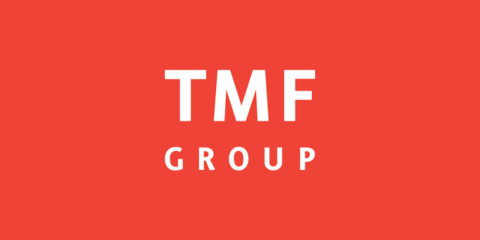
WEBINAR: 2025 VIETNAM KEY TAX FINALISATION, UPDATES ON TAX CHANGES AND GLOBAL MINIMUM TAX
Dear Valued Client,We would like to invite you to our webinars on Friday, 12 December 2025, and Tuesday, 16 December 2025, to review and learn about key 2025 tax finalisation topics and stay ahead with the latest tax changes.
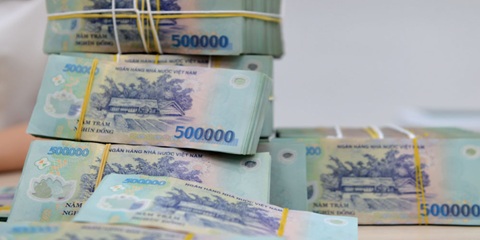
NEW ECONOMIC POLICIES EFFECTIVE THIS DECEMBER
Government Decree 304/2025, effective December 1, sets stricter conditions for seizing collateral, especially assets that are a borrower’s sole residence or essential work tools. In such cases, lenders must set aside a compensation amount equivalent to six to twelve months of minimum wage. The measure aims to improve transparency in bad debt handling and reduce credit risk in the banking system.
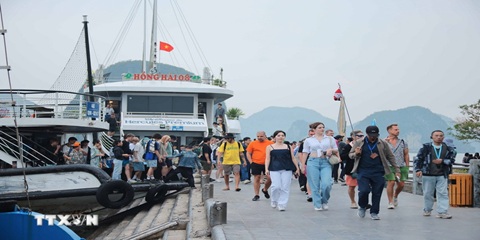
QUANG NINH TARGETS VND58 TRILLION IN TOURISM REVENUE
Quang Ninh Province is aiming to generate VND58 trillion in tourism revenue this year after surpassing its goal of 21 million visitors, driven by new tourism products, expanded nighttime activities, and large-scale events. As of mid-November 2025, Quang Ninh had welcomed 21.28 million visitors, up 12% year-on-year. Tourism revenue reached at least VND57 trillion, a 22.46% increase from the same period last year. With its visitor target achieved, the province is now pushing toward its revenue goal of VND58 trillion.
